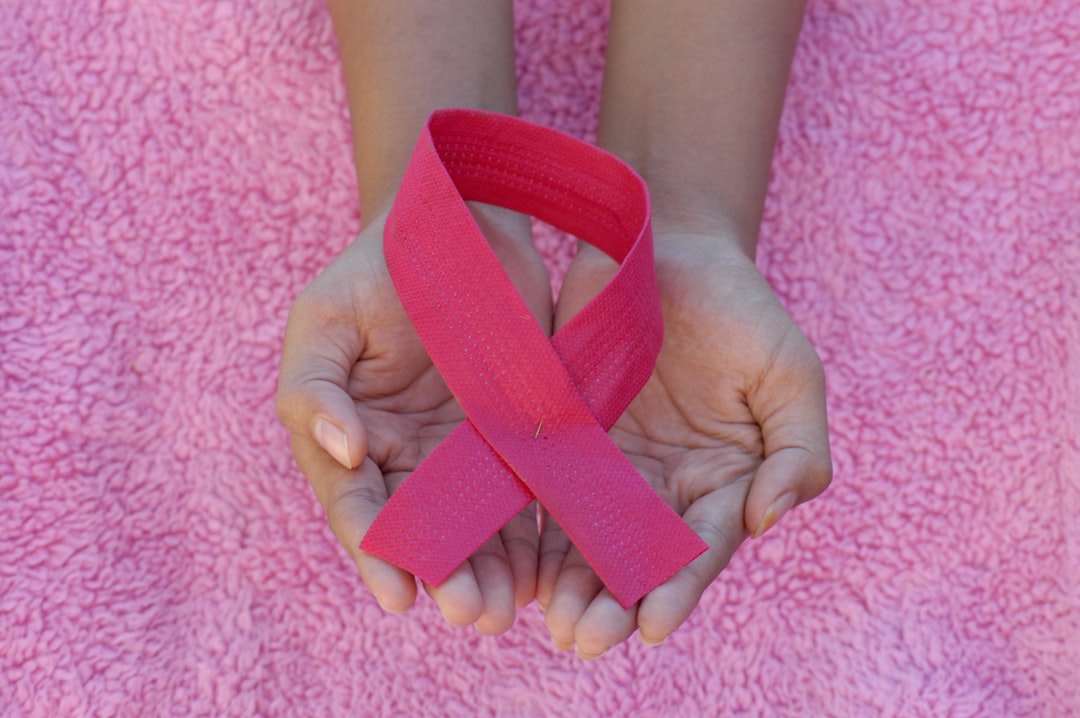What is it about?
The capacity to study the deposition of mineral within a hydrogel structure is of significant interest to a range of therapies that seek to replace the hard tissues and the hard–soft tissue interface. Here, a method is presented that utilises Confocal Raman microscopy as a tool for monitoring mineralisation within hydrogels. Synthetic hard–soft material interfaces were fabricated by apposing brushite (a sparingly soluble calcium phosphate) and biopolymer gel monoliths. The resulting structures were matured over a period of 28 days in phosphate buffered saline. Confocal Raman microscopy of the interfacial region showed the appearance of calcium phosphate salt deposits away from the original interface within the biopolymeric structures. Furthermore, the appearance of octacalcium phosphate and carbonated hydroxyapatite was observed in the region of the brushite cement opposing the biopolymer gel. This study describes not only a method for analysing these composite structures, but also suggests a method for recapitulating the graduated tissue structures that are often found in vivo.
Featured Image
Read the Original
This page is a summary of: A novel method for monitoring mineralisation in hydrogels at the engineered hard–soft tissue interface, Biomaterials Science, January 2014, Royal Society of Chemistry,
DOI: 10.1039/c3bm60102a.
You can read the full text:
Contributors
The following have contributed to this page










